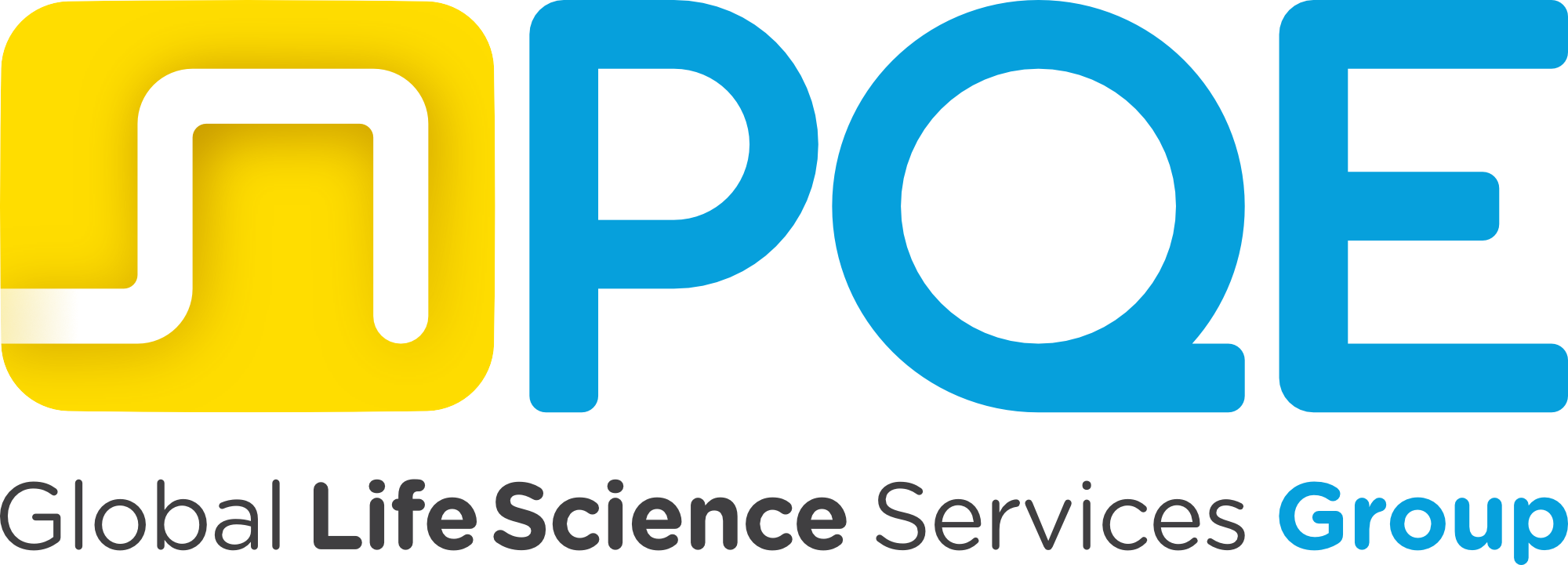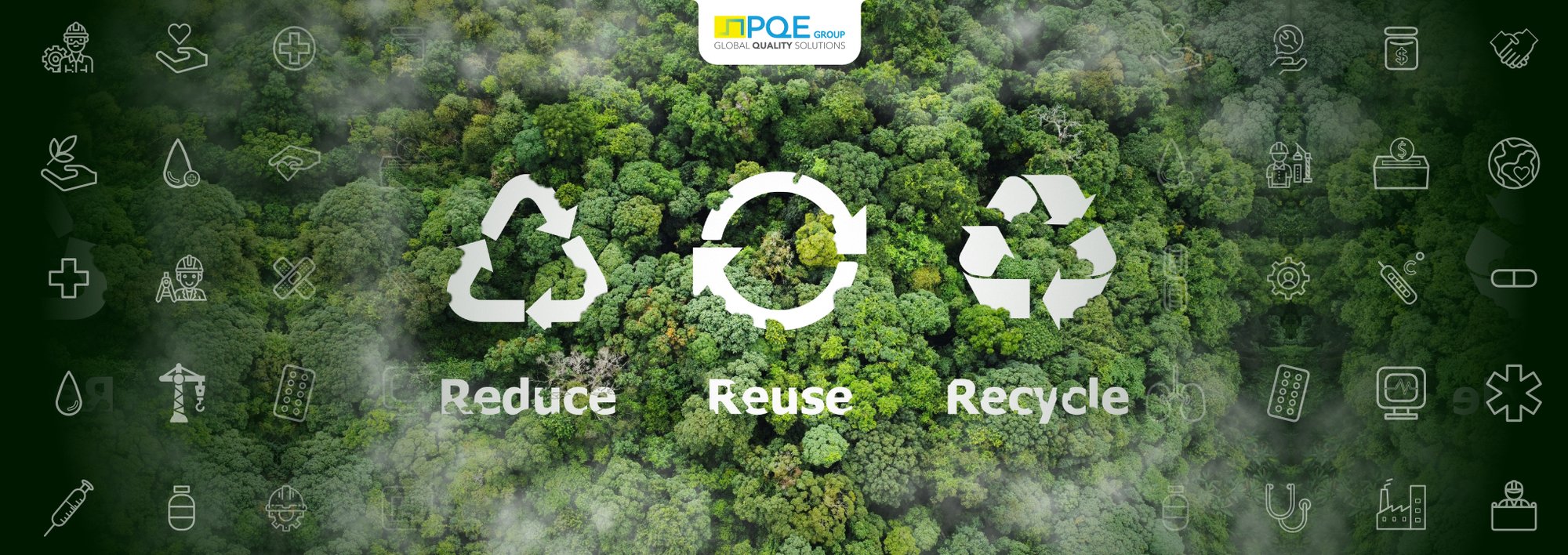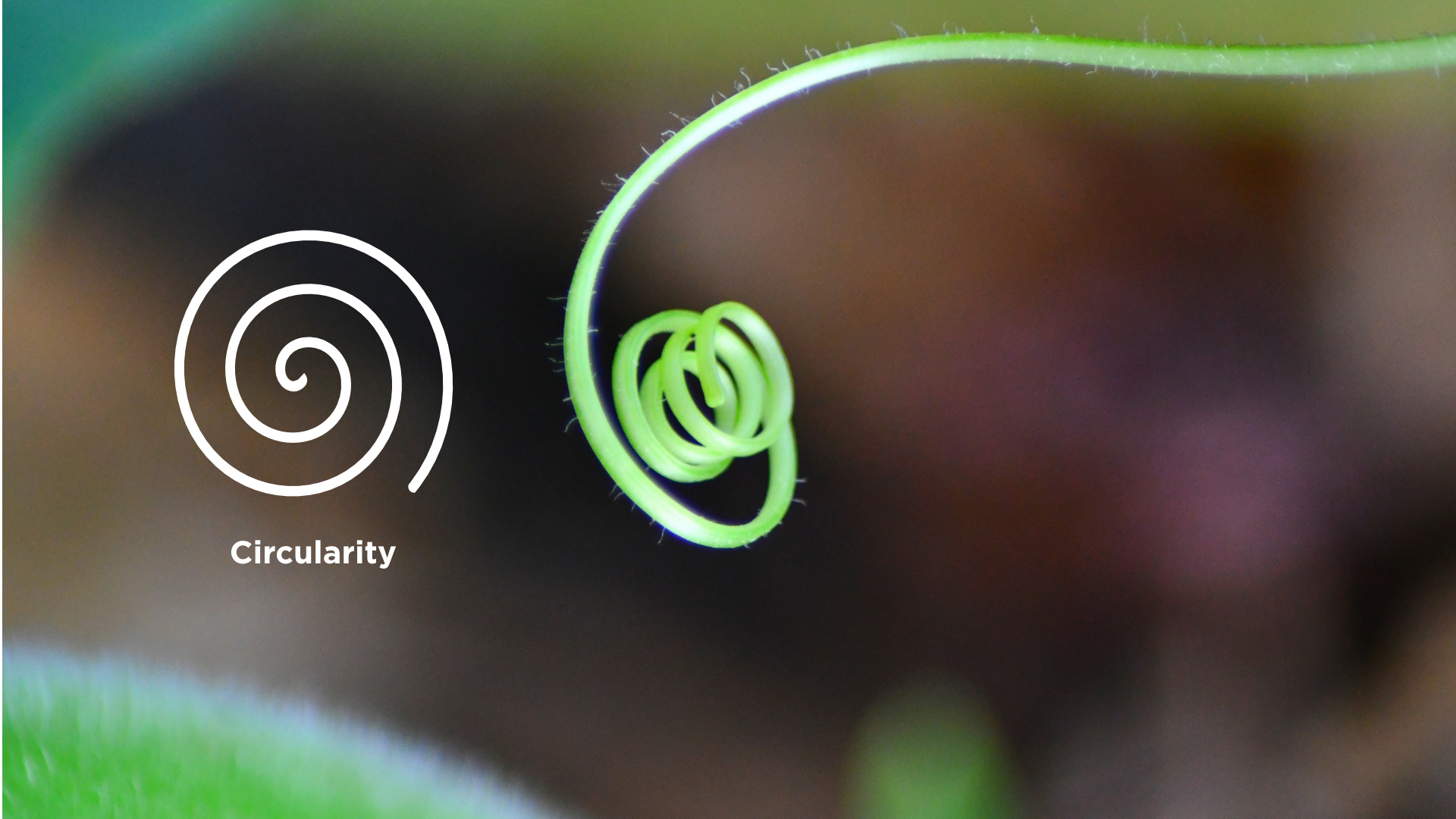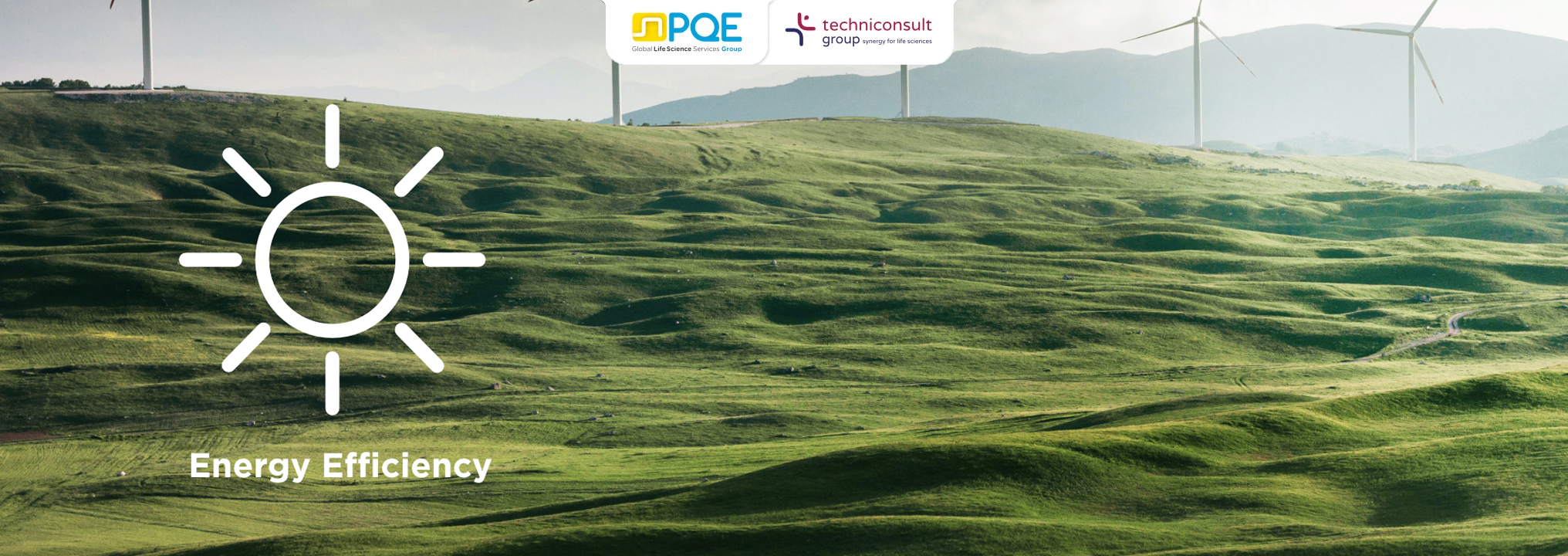Water is life! How to save it?
Pharma manufacturing has a high water use, with different qualities and temperatures utilized. In addition to reducing consumption and circulation by using efficient equipment and processes, there is a major interest in purifying wastewater and reusing it in the production cycle, rather than discharging significant volumes.
Are you ready for cold generation of WFI?
When Water for Injection (WFI) is mostly used at low temperatures, the possibility to generate WFI by membrane-based cold processes offers a great opportunity (thanks to Ph. Eur.’s WFI monograph change in 2017), yet one which few of the major players are willing to adopt.
In silico analysis: can it help us go green?
Process modelling and computational fluid dynamics (CFD) simulation should be better employed for process development, control and prediction, to optimize both the process and the sizing of the equipment/plant and to reduce energy and material consumption, arguably in every point of this article.
A notable application of CFD modelling is in HVAC systems, a major energy consumer in Pharma. The results allow us to eliminate contamination/stagnancy and avoid system over-design, consequently reducing costs and energy.
Extensive PAT implementation and digital twin: challenges or opportunities?
In addition to quality and process control, process analytical technology (PAT) is fundamental for digitalization and sustainability practice. Digital twin is a combination of monitoring, analysis and simulation. By analyzing data and testing various scenarios, bottlenecks/areas of improvement are identified, supporting right-first-time manufacturing and reducing costs, energy and waste.
Micro-reactors are not a pipe dream!
Flow chemistry enables us to reduce dimensions, materials, energy and waste, while handling hazardous materials safely. Micro-reactors are highly practical in changing from batch to continuous with remarkable advantages: very efficient mixing and heat transfer, higher productivity, yield and selectivity, safe and controlled execution of reactions, straightforward scale-up, low hold-up and reagent use. Micro-reactors are a valuable option to consider for homogenous reactions.
Learn more by attending our TEQ Talk:
Register now




-1.jpg)
